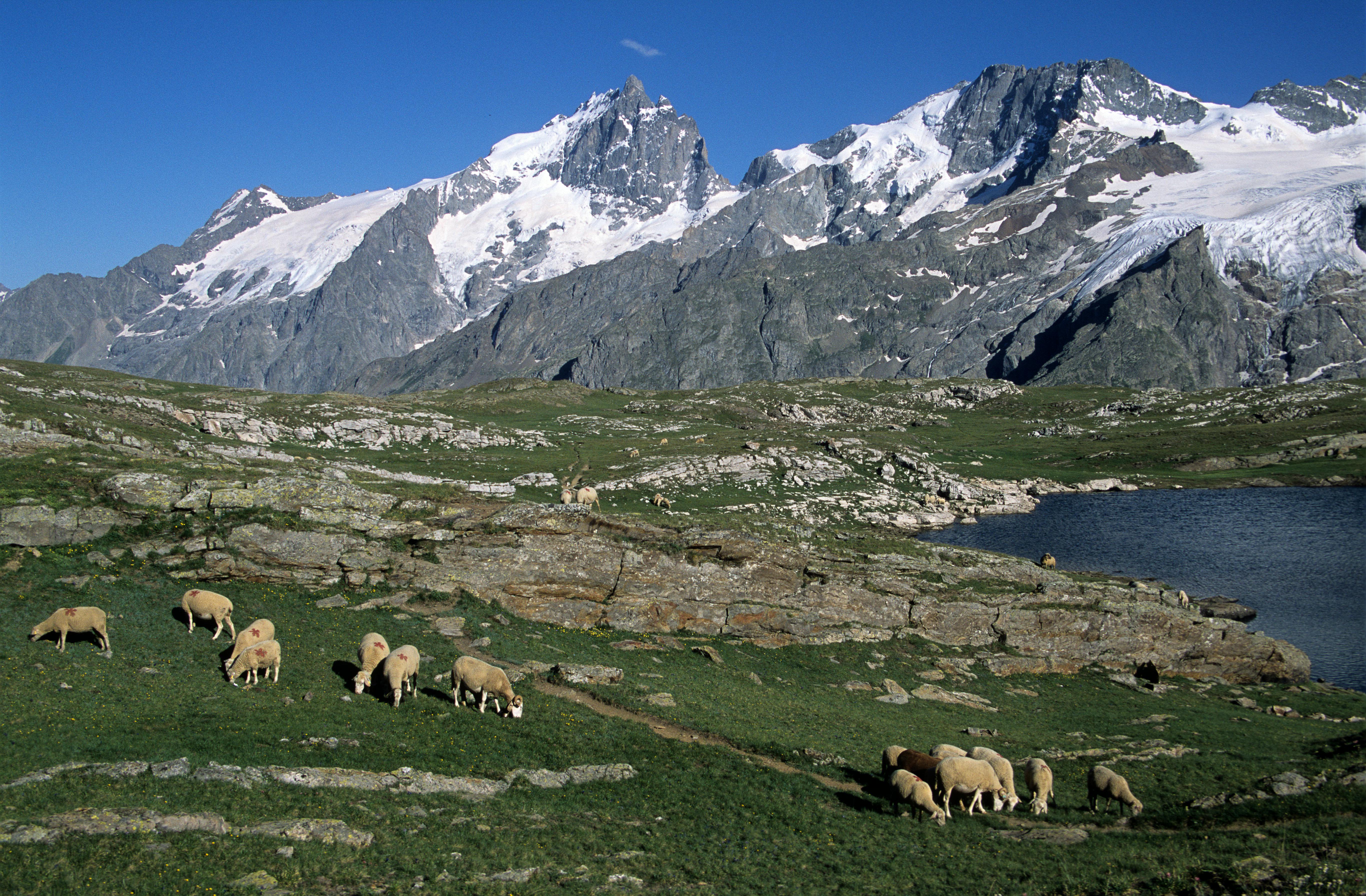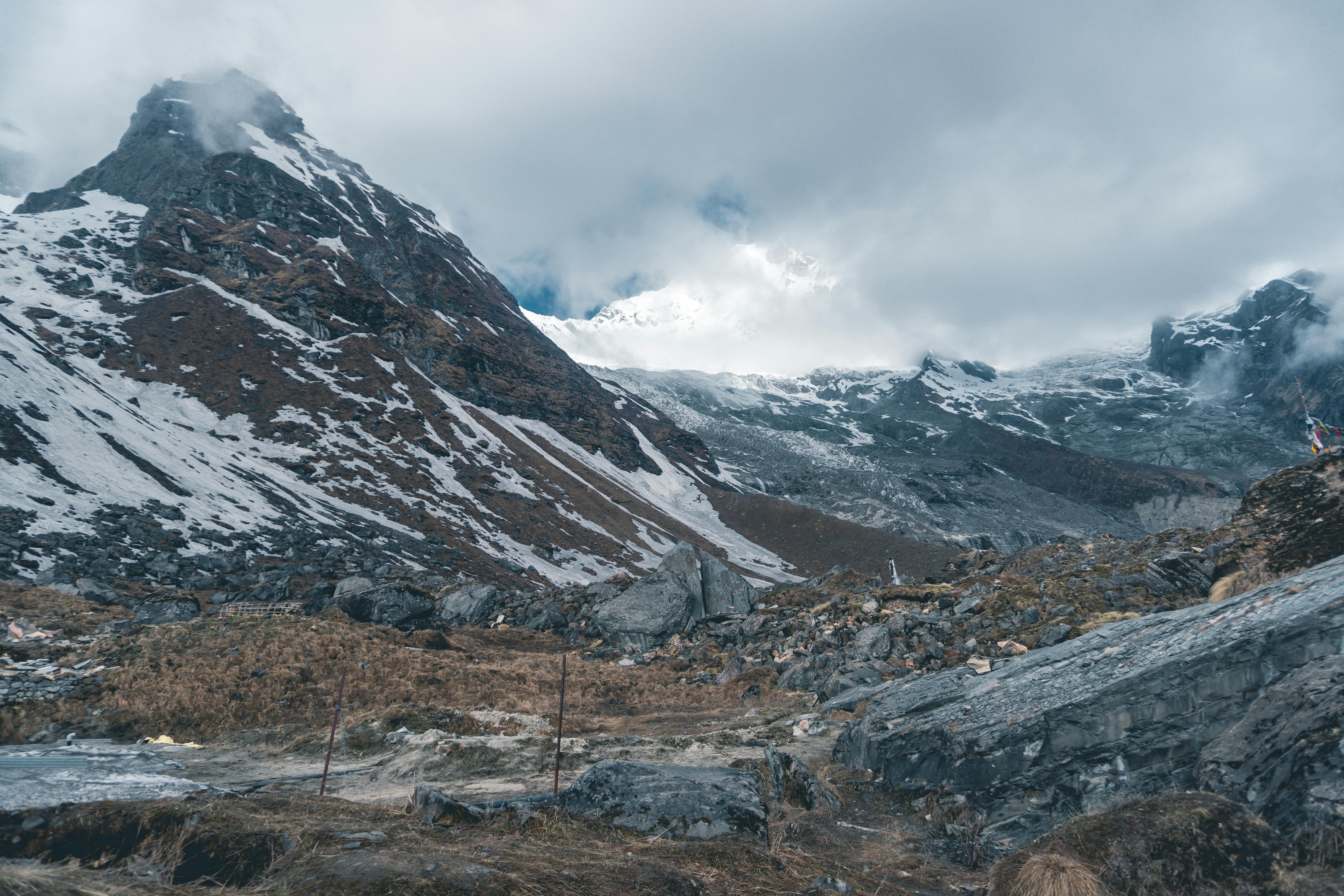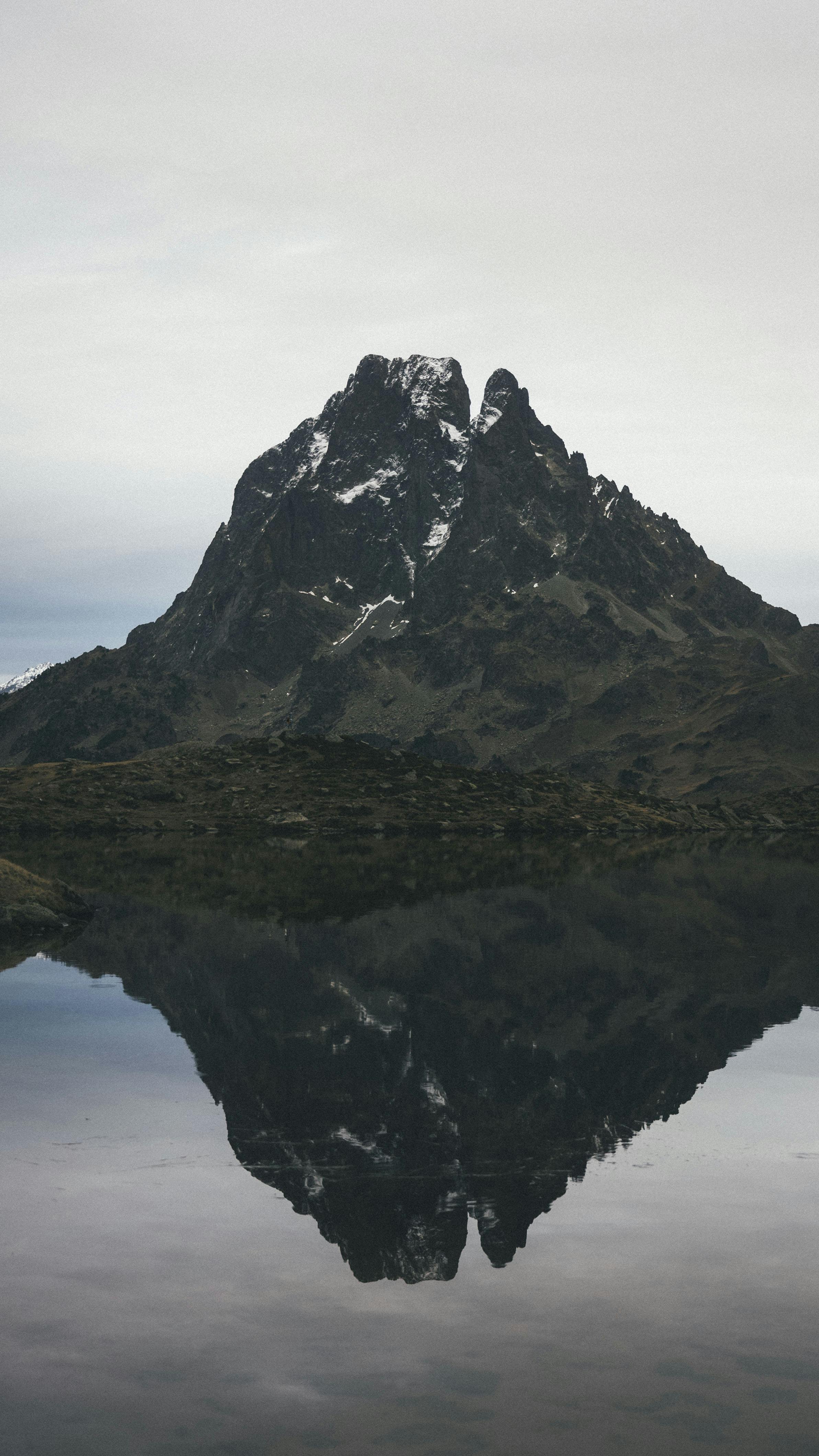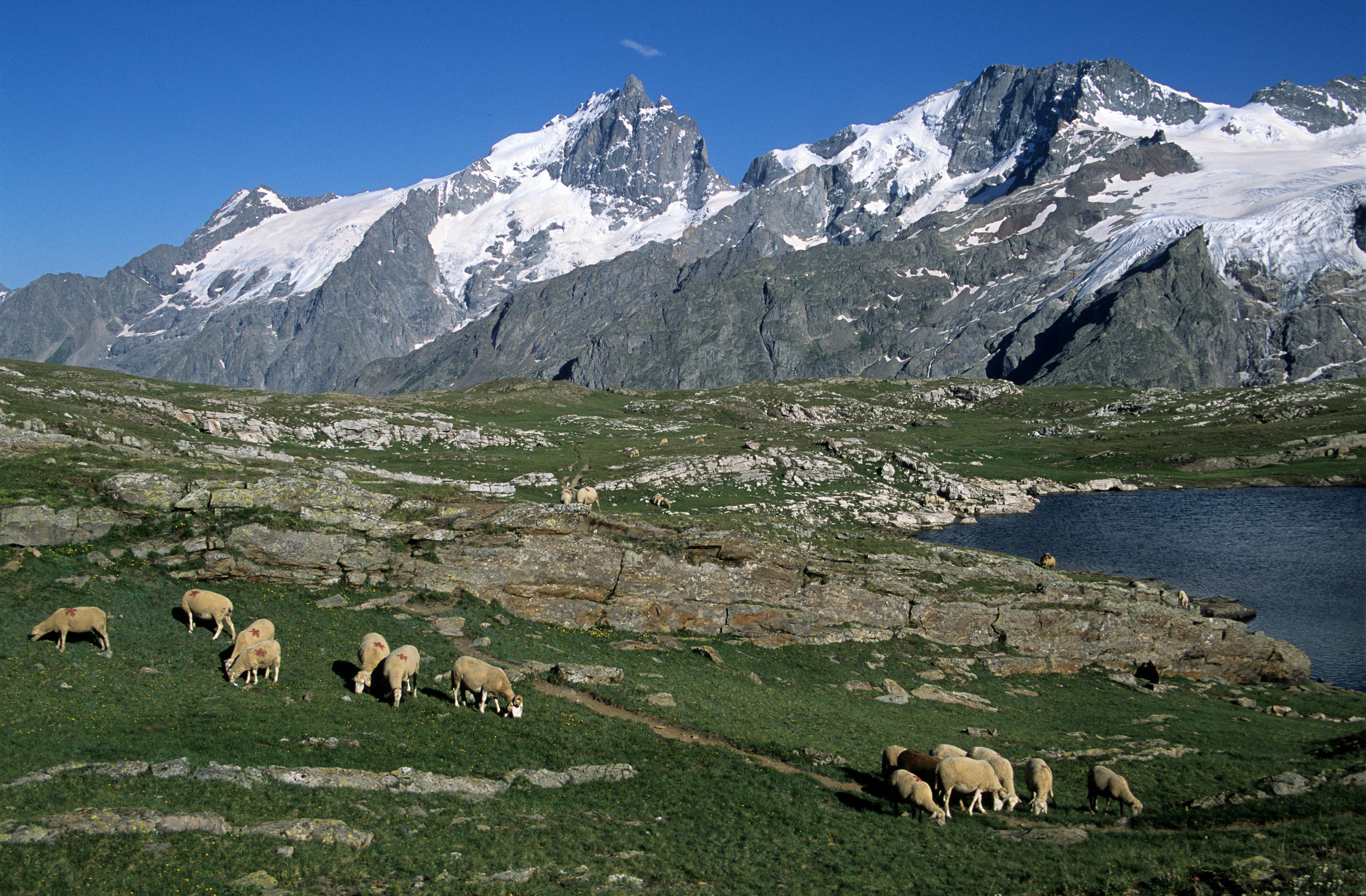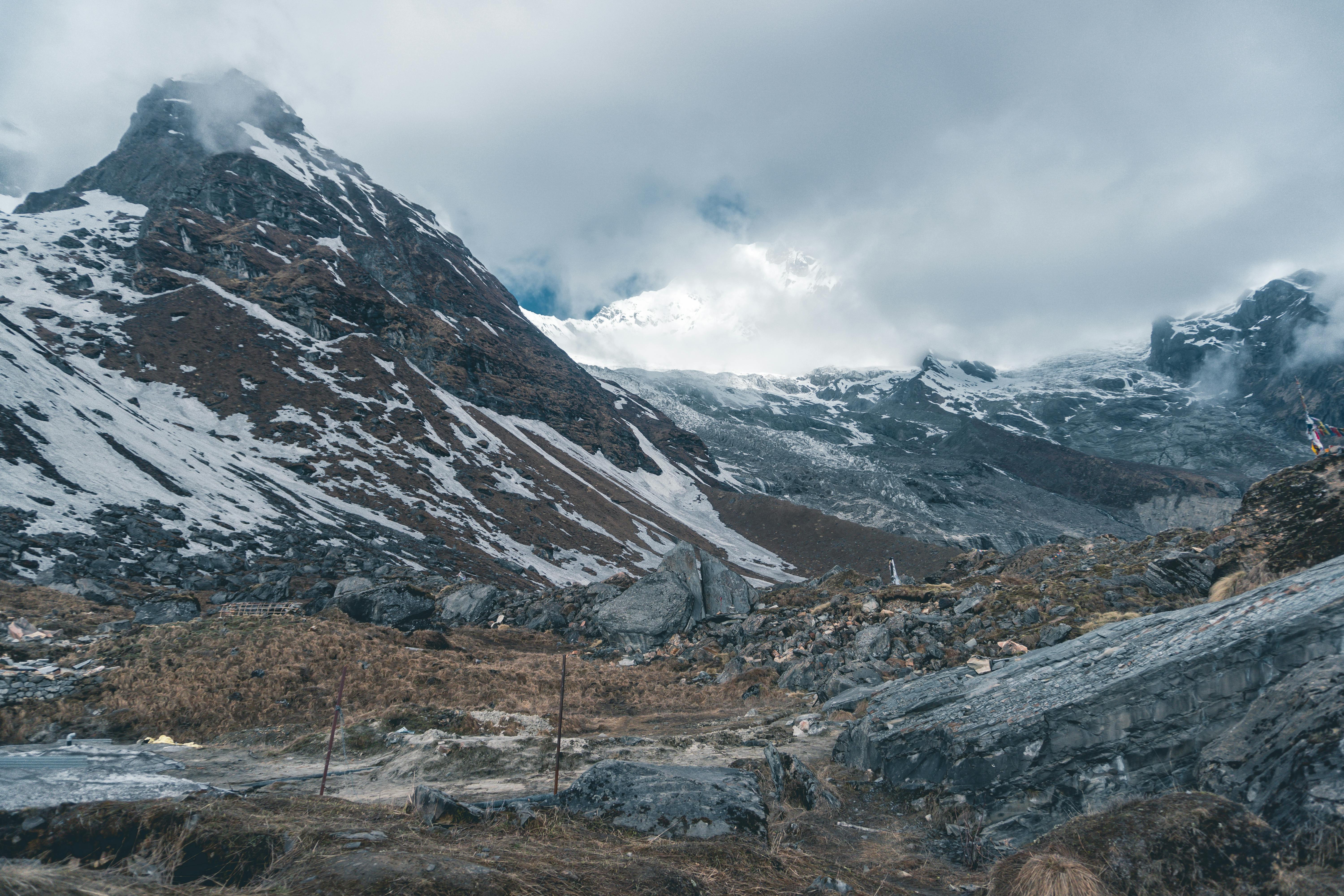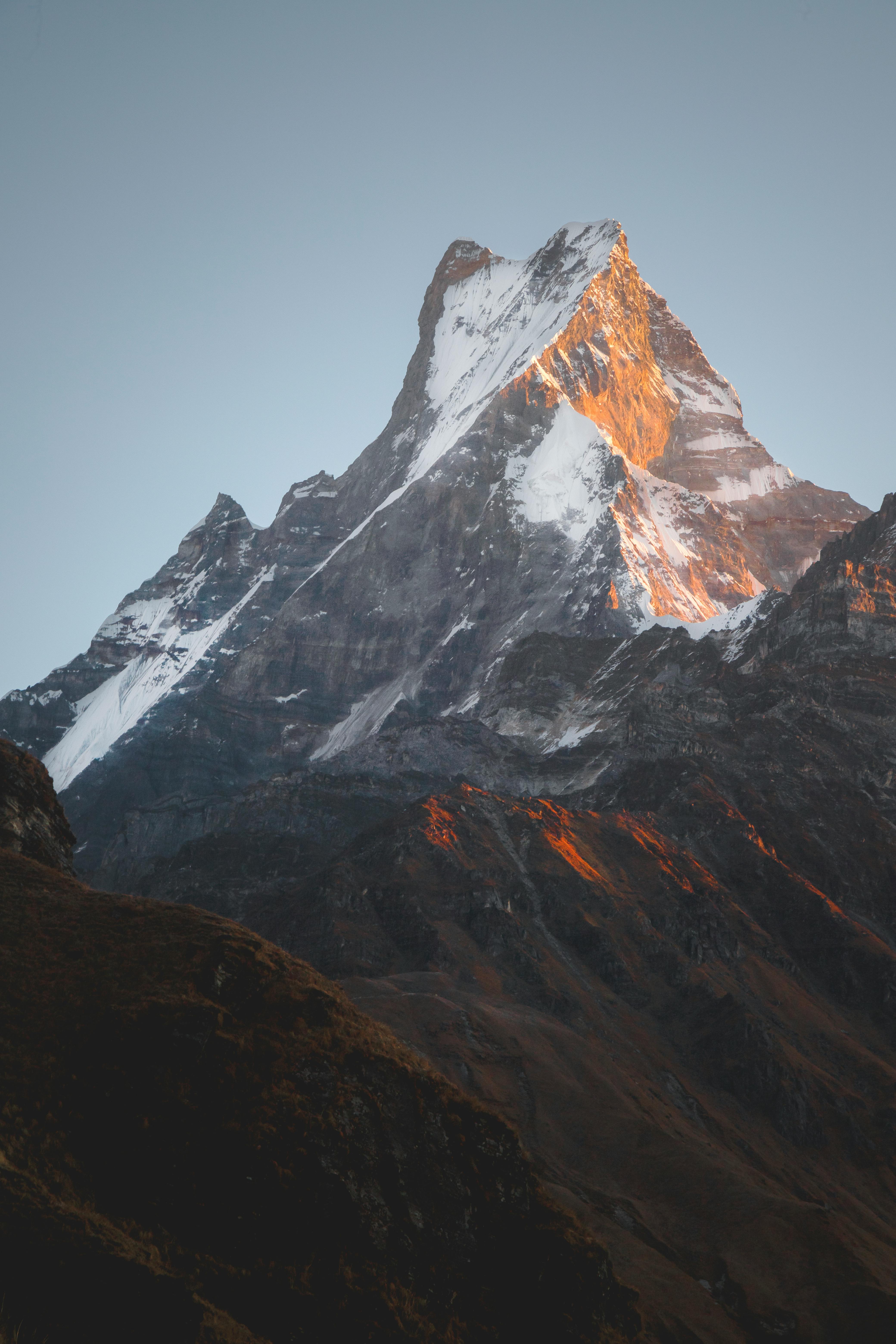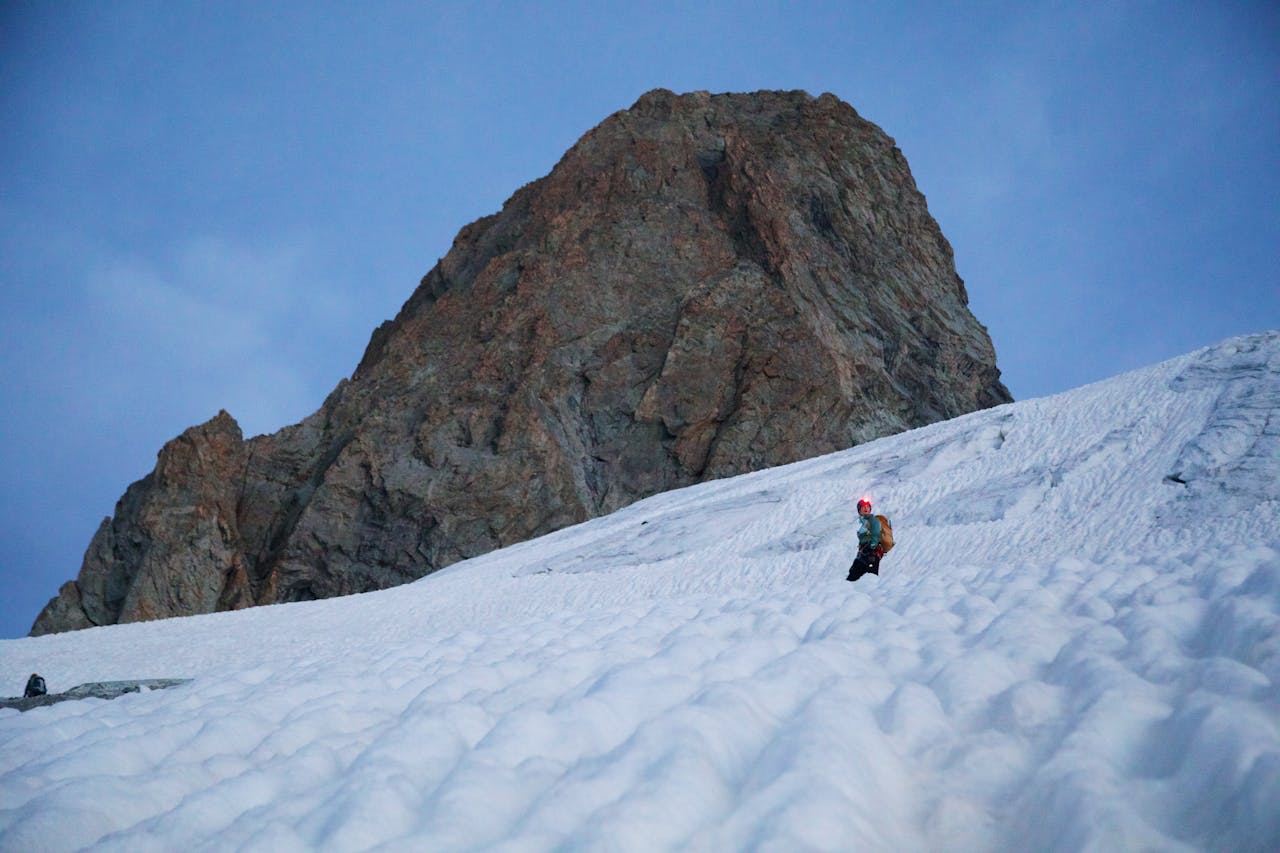This 16-day journey into the Nar-Phu Valley and across the Annapurna region offers one of the most adventurous, scenic, and culturally immersive trekking experiences in Nepal. The Nar-Phu Valley, opened to foreigners only in 2002, is a secluded corner of the Annapurna region, home to ancient Tibetan-influenced villages, pristine high-altitude landscapes, and centuries-old Buddhist monasteries. Trekking through this region provides a rare opportunity to witness life virtually untouched by modern development.
The route progresses through the mystical stone-built settlements of Phu and Nar, and crosses the dramatic Kang La Pass (5,306m), descending into the Annapurna trail near Manang. From there, the adventure intensifies as the trail leads to the remote Tilicho Base Camp and the shimmering glacial waters of Tilicho Lake (4,990m), one of the highest alpine lakes in the world.
Continuing westward, the route merges with the classic Annapurna Circuit and crosses the formidable Thorong La Pass (5,416m), before descending into the sacred region of Muktinath and finally reaching Jomsom. This itinerary is a perfect blend of remote wilderness, Himalayan panoramas, and authentic cultural experiences, ideal for seasoned trekkers seeking an off-the-beaten-path journey with high-altitude challenges.
Travel Notes
Best Seasons:
-
Autumn (October–November): Clear skies, dry weather, and ideal trekking conditions.
-
Spring (March–May): Mild temperatures, blooming rhododendrons, but slightly more clouds in the afternoons.
Permits Required:
-
Restricted Area Permit (RAP) for Nar-Phu
-
Annapurna Conservation Area Permit (ACAP)
-
Trekkers’ Information Management System (TIMS) Card
Experience Level:
-
Prior high-altitude trekking experience is highly recommended.
-
No technical climbing involved, but you should be fit and comfortable walking 6–8 hours a day at high elevation.
Acclimatization Strategy:
-
The itinerary is designed to allow gradual altitude gain.
-
Includes rest days at key elevations (Manang).
-
Kang La and Thorong La passes are crossed after proper acclimatization.
